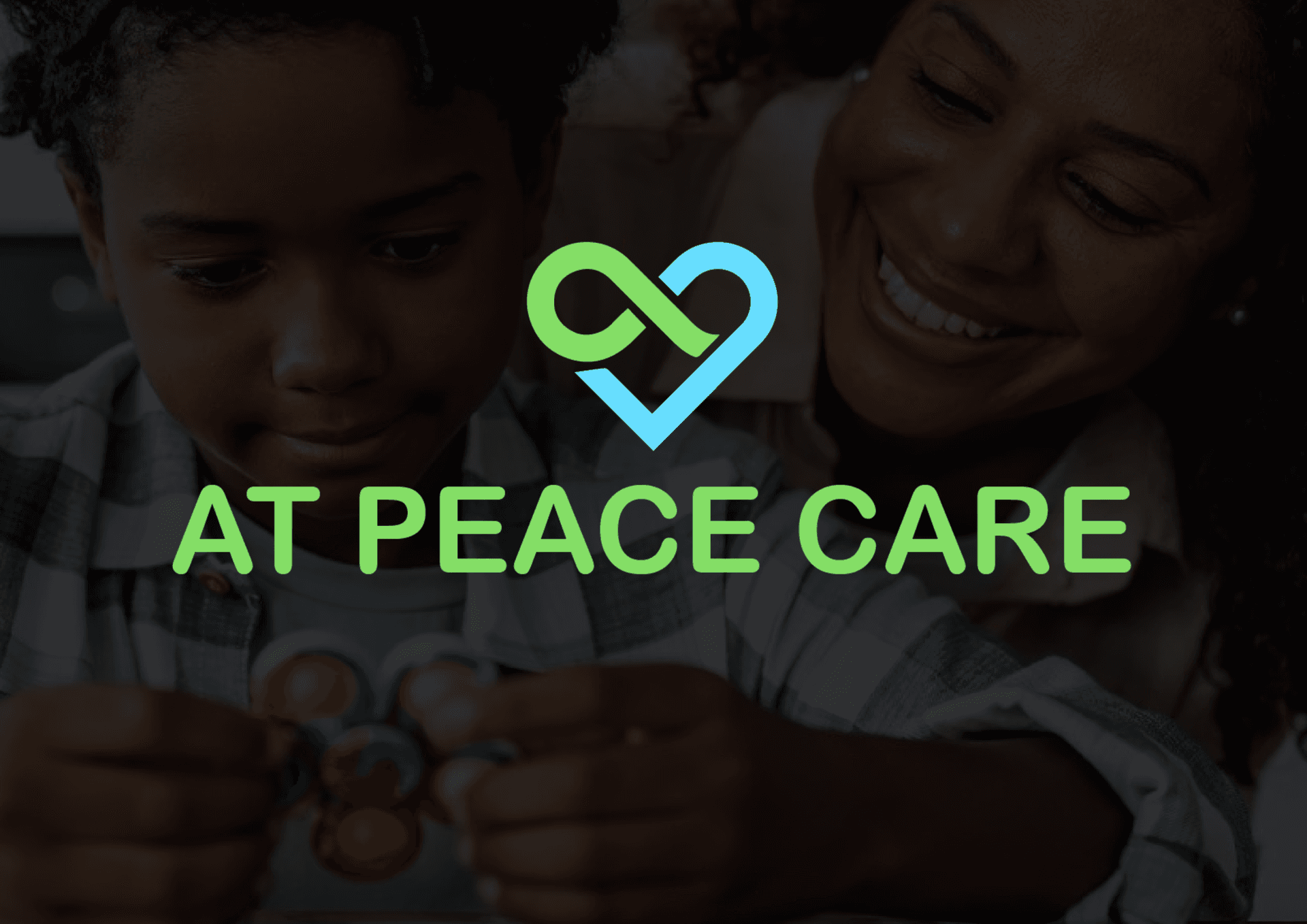The Impact of Collaborative Family Involvement in ABA Therapy Success
Understanding ABA Therapy
Applied Behavior Analysis (ABA) therapy is a well-established approach for helping individuals with autism spectrum disorders and other developmental conditions. It focuses on improving specific behaviors, such as social skills, communication, reading, and academics, as well as adaptive learning skills like fine motor dexterity, hygiene, grooming, and domestic capabilities.
The success of ABA therapy is greatly influenced by various factors, with collaborative family involvement being one of the most crucial. When families actively participate in the therapy process, it can lead to more effective outcomes and a more cohesive experience for everyone involved.

The Role of Families in ABA Therapy
Families play a vital role in reinforcing the skills learned during ABA sessions. They help maintain consistency in behavior interventions and support the generalization of these behaviors to daily life. This collaborative approach ensures that progress made during therapy is transferred to real-world situations, enhancing the individual's ability to navigate everyday challenges.
Moreover, families can provide valuable insights into the individual's behavior patterns and preferences outside the therapy environment. This information allows therapists to tailor interventions more effectively, leading to personalized treatment plans that resonate with the individual's unique needs.
Benefits of Family Involvement
Active family involvement in ABA therapy can lead to numerous benefits, including:
- Improved Communication: Families learn effective strategies to communicate with their loved ones, fostering better understanding and stronger relationships.
- Enhanced Skill Generalization: Skills learned in therapy are more likely to be applied in various settings when family members are involved in the learning process.
- Increased Motivation: Individuals often feel more motivated and encouraged when their family is actively participating and showing interest in their progress.

Strategies for Effective Family Involvement
Successful collaboration between families and therapists requires commitment and a clear understanding of each party's role. Here are some strategies to enhance family involvement in ABA therapy:
Open Communication
Maintaining open lines of communication between families and therapists is essential. Regular updates on progress, challenges, and adjustments to the therapy plan ensure that everyone is aligned and working towards common goals. Families should feel comfortable sharing their observations and concerns, while therapists should provide guidance and support.
Training and Education
Providing families with training and educational resources empowers them to support their loved ones effectively. Workshops, seminars, and informational materials on ABA techniques can help families understand the principles of behavior analysis and how to implement strategies at home.

Consistent Routines
Establishing consistent routines at home that align with therapy goals reinforces learning. Families can work with therapists to develop structured schedules that incorporate therapy techniques into daily activities, creating a seamless transition between therapy sessions and home life.
In conclusion, collaborative family involvement is a cornerstone of successful ABA therapy. By actively participating in the therapeutic process, families not only support their loved one's development but also strengthen their own understanding and ability to foster meaningful progress. Through open communication, education, and consistent routines, families can play a transformative role in achieving successful outcomes in ABA therapy.
